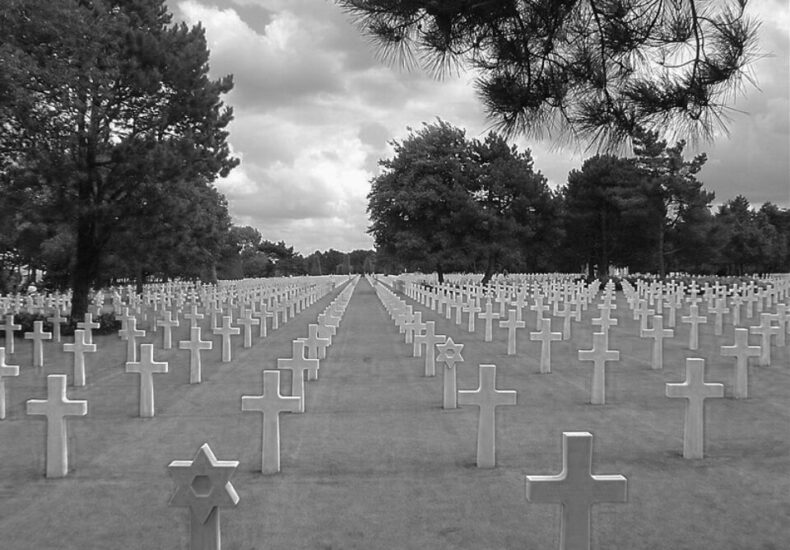
War Cemeteries: How We Memorialise the Fallen
What is it about war cemeteries that evokes a mix of reverence, sorrow, and solemn beauty? These hallowed grounds are more than just resting places—they are storybooks etched in stone, whispered histories of sacrifice, and physical reminders of humanity’s costliest lessons. In a world that often forgets yesterday’s wars, war cemeteries stand as both memory and mirror. They reflect not only the lives lost but the values, politics, and collective grief of those left behind.
Let’s take a closer look at how we, across time and continents, have chosen to memorialise the fallen—and what those choices reveal about us.
Contents
- The Origins of War Cemeteries: From Battlefield Burials to National Monuments
- World Wars and the Institutionalisation of Memory
- Designing Remembrance: Architecture, Art, and Symbolism
- Global Variations: How Different Cultures Remember Their War Dead
- The Ethics of Memory: Who Gets Remembered, and How?
- Cemeteries as Living Spaces: Tourism, Pilgrimage, and Education
- Bottom Line
- FAQs
The Origins of War Cemeteries: From Battlefield Burials to National Monuments
The concept of a dedicated war cemetery is a relatively modern one. In ancient times, soldiers were often buried where they fell, sometimes en masse, other times anonymously.
Think of the Battle of Marathon in 490 BCE: thousands of Athenians and Persians were buried hastily in communal mounds.
It wasn’t until the 19th century—particularly during the Napoleonic Wars and the American Civil War—that nations began to formalise the burial of soldiers.
Gettysburg’s Soldiers’ National Cemetery, established in 1863, was a turning point. It was there that Abraham Lincoln delivered the Gettysburg Address, reinforcing the idea that these spaces were not just for mourning but for national identity and unity.
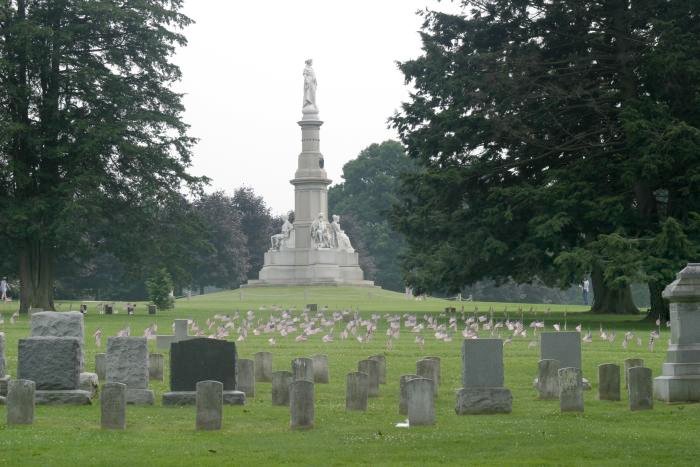
World Wars and the Institutionalisation of Memory
The world wars of the 20th century reshaped the way we think about remembrance. With casualties in the millions, it became necessary to organise large-scale burial efforts.
Enter institutions like the Commonwealth War Graves Commission (CWGC) and the American Battle Monuments Commission (ABMC).
These organisations did more than create cemeteries—they created systems of honour. Uniform headstones, meticulously landscaped grounds, and an emphasis on equality in death (no matter one’s rank or religion) became hallmarks of modern war cemeteries.
Visit Tyne Cot in Belgium or Normandy American Cemetery in France, and you’ll see rows upon rows of headstones—each identical in form, differing only in name. It’s equality in silence, a democratic resting place.
This institutional memory has a dual purpose: honouring sacrifice and educating the living. Many war cemeteries include visitor centres, interpretive signage, and digital archives. In doing so, they become places of learning as much as mourning.

Designing Remembrance: Architecture, Art, and Symbolism
If cemeteries are the stage, then architecture is the script. The design of war cemeteries is never random. Architects like Sir Edwin Lutyens and landscape designers like Gertrude Jekyll helped create some of the most iconic World War I cemeteries. Their use of symmetry, serenity, and symbolism instills an atmosphere of timelessness.
Common symbols include the Cross of Sacrifice and the Stone of Remembrance—ubiquitous in British and Commonwealth war cemeteries. In Jewish sections, you’ll often see the Star of David; in Muslim ones, crescent moons. These symbols honour cultural and religious identity, even in death.
Art also plays a crucial role. Think of Rodin-inspired sculptures, engraved poetry, or stained-glass chapels. These aren’t merely decorative—they are emotional anchors, visual metaphors of pain, peace, and passage.

Photo by Alex P. Kok
Global Variations: How Different Cultures Remember Their War Dead
Not all war cemeteries follow the Western model. In Japan, for example, Yasukuni Shrine enshrines the spirits (not the remains) of soldiers, reflecting Shinto beliefs.
In Russia, the Tomb of the Unknown Soldier near the Kremlin uses eternal flame as a motif of undying gratitude.
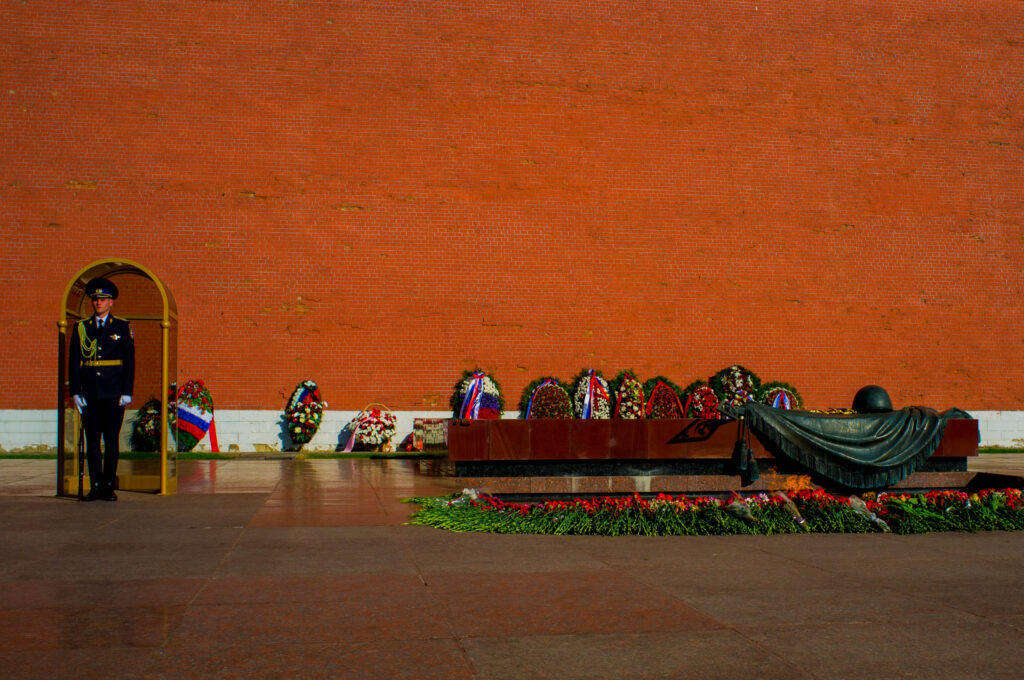
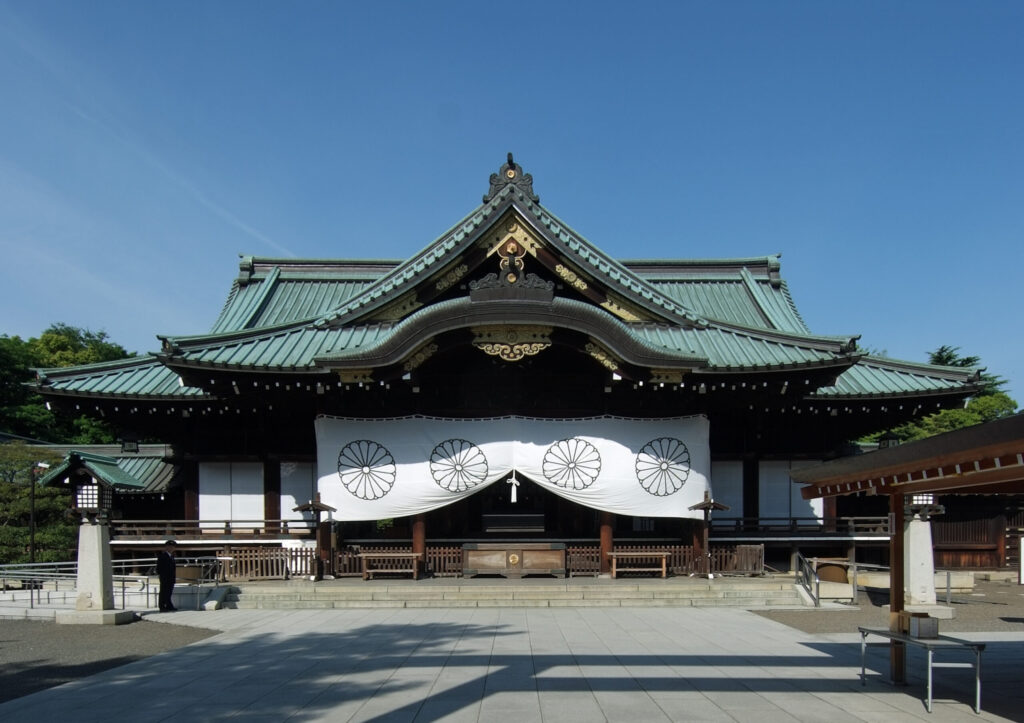
Meanwhile, in African and Asian countries once under colonial rule, war cemeteries often carry a different tone. They can be both memorial and monument to imperial history.
In Kenya and India, for example, local efforts have recently aimed to include forgotten African and Indian soldiers who fought in both world wars but were historically neglected in memorialisation efforts.
These variations are not just cultural quirks—they’re reflections of how societies interpret war, honour, and history.
The Ethics of Memory: Who Gets Remembered, and How?
Let’s face it: not all fallen are remembered equally. Some cemeteries exclude enemy combatants. Others marginalise soldiers of colour, colonial troops, or civilians caught in the crossfire. As we become more conscious of historical injustices, the question arises: who gets a name carved in stone, and who is left out?
Modern initiatives are working to rectify these omissions. Projects like “Forever Remembered“, initiated by Australian war researcher Gary Mitchell, focuses on locating and marking the unmarked graves of war veterans throughout many cemeteries in Europe.
In essence, the politics of memory is just as complex as the politics of war.
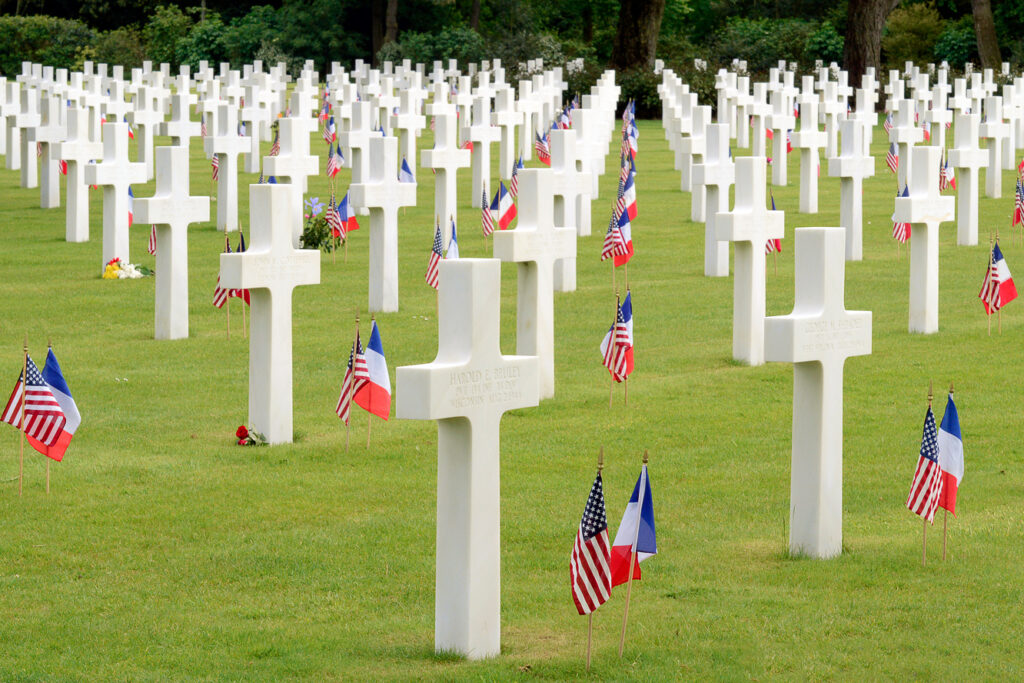
Cemeteries as Living Spaces: Tourism, Pilgrimage, and Education
War cemeteries today are not just places for mourning—they’re also spaces for reflection, education, and yes, tourism.
Each year, millions visit sites like Arlington, Verdun, and Gallipoli. Some come to pay respects, others to trace family history, and still others to understand the scale and horror of war.
This intersection of personal and collective memory transforms war cemeteries into living landscapes. Guided tours, educational programs, and student exchanges ensure that new generations engage with history—not just from textbooks, but through tangible, emotional experience.
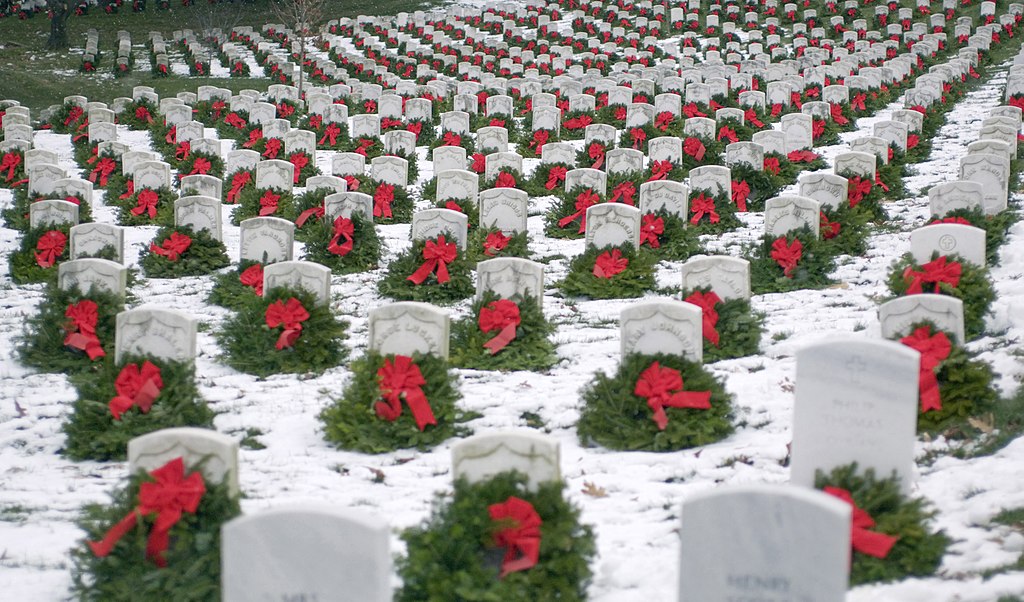
Bottom Line
War cemeteries are more than burial sites—they are cultural time capsules, moral compasses, and enduring symbols of human cost. In stone and soil, they preserve what memory can sometimes forget: that peace is never free, and sacrifice should never be anonymous.
By preserving, visiting, and questioning these spaces, we do more than honour the dead—we enrich the living.
FAQs
Not necessarily. While many are managed by organisations like the CWGC or ABMC, others are maintained by local governments, religious institutions, or even families and nonprofits.
In most official war cemeteries, only military personnel or those who died in service (such as war nurses) are buried. However, some sites include civilian memorials nearby.
Modern technology like DNA testing, ground-penetrating radar, and historical record analysis is used to identify remains, especially in collaborative projects between nations.
In many cultures, yes. They are treated with deep respect, and behaviour akin to that in places of worship is expected from visitors.
This usually indicates an unidentified soldier. The number helps link the burial to a record or investigation in case future identification becomes possible.

Leave a Reply